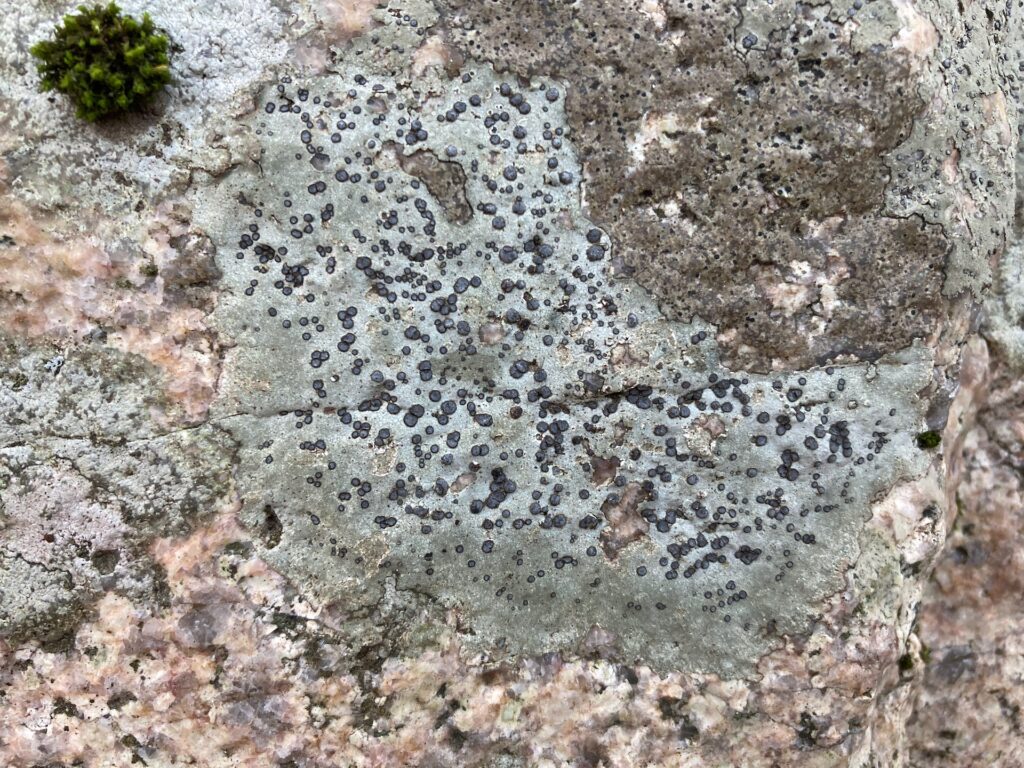Yesterday’s post on the different ways white people, and people of color, respond to charismatic megafauna and mesafauna got me thinking about a recent post by Desireé Melonas at the Blog of the APA. She went to Africatown, in Mobile, Alabama, as part of a group that received a grant to develop environmental justice curriculum materials for students living and going to school in Africatown. Why environmental justice curriculum? Because Africatown is another example of how communities of color and working class communities find themselves dominated by polluting industries.
In this blog post, Desireé Melonas reflects on her first impressions upon visitng Africatown: “…both Vince and Roald [other members of her group] commented on Africatown’s distinct soundscape. In a sort of astonished tone, Vince told of how the community is blanketed by what felt like an eerie absence of sound; no birds could be heard, a sound many of us are perhaps so inured to hearing that we take for granted what about our communities their being there signifies. This sonic experience Vince described paradoxically as ‘suffocating,’ a fitting term given the connection here between the existential experience and the literal source of the sonic absence.”
The lack of birds and other wildlife is a direct result of the toxication of Africatown by the industrial plants sited there, operated by such major manufacturers as the Scott Paper Co., International Paper, etc. So not only are the residents of Africatown experiencing higher levels of cancer from the toxication, they also have to deal with a “suffocating” soundscape.
This reminds me of another aspect of toxication.
Lichens are sensitive to air pollution, and are actually an effective way to monitor air pollution. I experienced some of this when we lived in San Mateo. When we lived downtown next to the train station, in a white minority neighborhood, there were no lichens growing anywhere in our little yard; this should have been no surprise, since we lived two blocks from the train line, right next to a major bus route, a few block from Highway 101, and not far from the usual landing route for jets into SFO; while the air pollution wasn’t terrible (not as bad as in Africatown), it was omnipresent. Then we moved just two miles away, up the hill into the old caretaker’s cottage owned by a nonprofit cemetery (who rented to us at below market rates). The surrounding neighborhood was quite well-to-do, and quite white. Quite a few lichens grew in the cemetery, because the air was a lot cleaner; and, no surprise, I stopped getting bronchitis as often as before. Now we live in Cohasset (which is very white), where there are lots of lichens growing everywhere, and not only have I not gotten bronchitis this winter, but my allergies aren’t as bad as they were a couple of years ago.
So an area that lacks lichens will have enough air pollution to cause noticeable negative health effects. An area that lacks birds is seriously polluted, with major negative health effects. While we don’t need to be sentimental about charismatic megafauna and mesafauna, a lack of such animals in a residential area might be telling us something about the level of toxication there.






